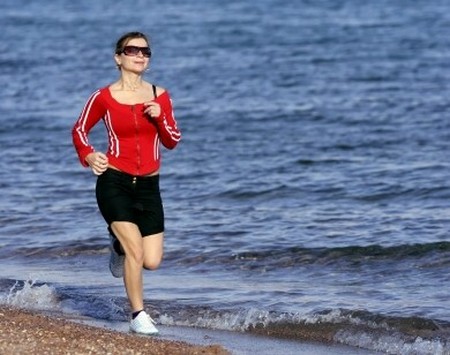Motivating people to begin and maintain an active way of life is a formidable and perplexing task. Although much has been said and written about the value of exercise, only 22 percent of people living in the United States are active enough to improve their health status. After three decades into the exercise movement, the majority of Americans are still essentially sedentary. Some are not convinced of the value of exercise. Others are unaware of its value. Still others simply prefer to be sedentary.
Motivating people to begin exercising is indeed difficult, and keeping them exercising after they begin is even more difficult. The exercise dropout rate is 50 percent during the initial 6 months. Most of these people discontinue their exercise programs during the first 3 months, and 70 percent to 80 percent drop out before the end of the first year. Changing behavior is a complex phenomenon. Though many theories and models seek to explain and describe the process, scientists still are unable to predict with a high degree of accuracy who will succeed. No single theory or model will work for everyone because each individual is unique, with unique circumstances and needs. The models are not all-encompassing, and all of the factors involved in behavior change have yet to be identified.
Most young children are fairly active, but studies have shown that their level of activity declines by approximately 50 percent during their progression through the school years. Children seem to react primarily to parental influence regarding physical activity. If parents exercise regularly and value the physically active life, their children most likely will emulate them. Conversely, sedentary parents who do not value physical activity often rear children who reflect similar attitudes and behavior patterns.
At the secondary school level, classmates, friends, and peer groups seem to exert the most influence upon behaviors. A supportive environment for the active life is created when an adolescent identifies with a peer group that appreciates and participates in physical activities. The opposite occurs if the peer group devalues physical activity.
Peer groups exert the most influence on the attitudes and behaviors of college-age people. Most middle-aged and elderly adults respond well to support from a spouse, friends, coworkers, and health professionals, particularly physicians.
